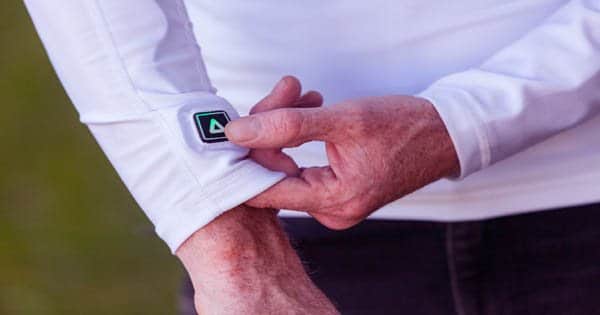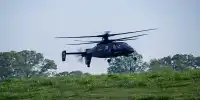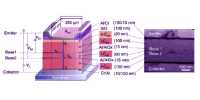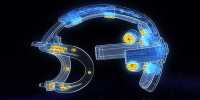The future of human exploration has become even more advanced with a “smart glove” that allows astronauts to operate drones and robotics with the flick of a finger and a twist of the wrist. “The next generation case will include intelligent technologies that will take existing capabilities to new levels.” “Astronauts need spacesuits that make it easier for them to communicate with their environment, including performing complex and fragile tasks,” said Dr. Greg Quinn, developer of advanced spacesuits at Collins Aerospace.
It is described by Mars as a “polar desert” – a barren, rocky region that is one of the largest populated islands in the world. The glove technology test took place on Devon Island in the Arctic. For more than two decades, it has formed the basis of standardized experiments for conducting research on landscape technology, such as Mars.
When Lee recalled, “When I first saw Nation’s smart glove in action, I immediately thought of Arthur C. Clark’s third law: Any sufficiently advanced technology is no different from magic, Lee recalled. “A pressed spacesuit is relatively rigid, and hand and finger movements are combined with considerable resistance. In the ‘Astronaut Smart Glove’, the sensitivity of hand movements can be adjusted and set high, which means the technology can adapt to a tight-fitting spacesuit.” The use of drones is many and varied: collect samples, assist in search and rescue, separate samples from contamination, surveys, maps, scouts, and fetching. The glove fingers and the back of the hand have sensorized custom-designed microchips that move over the X-, Y, and Z-axes. The sensors include an accelerometer, a gyroscope, and a magnetic component according to their site. The proof-of-concept registers “ya, pitch and hand roll” as well as how open or closed it is. After the Epson Moverio AR-glasses, the astronaut can get video feedback from the drone in realtime.
“We believe that the technology we are developing could represent a shift in the paradigm. “We’ve been able to incorporate more sensors and more data into our Glove technology and scale it to all sizes,” said Frank Øygard, Nanton’s product, and development strategist. He added, “Over time we can incorporate other types of sensors and create interaction systems that can handle increasingly complex tasks.” The Intention site says that the Glove can use Bluetooth, Bluetooth Low Energy, and RF signals. Over time, they seek to switch the narrative of the typical human-machine and make machines more bizarre to humans. “We call this the future interaction between humans and machines,” Øygard said.
“We’re working to develop technology that allows people to understand machines, rather than being able to understand how they use machines and how machines work.”This means they want to use artificial intelligence to note the purpose of the user and then adapt to the human controller for a more intuitive experience.
















